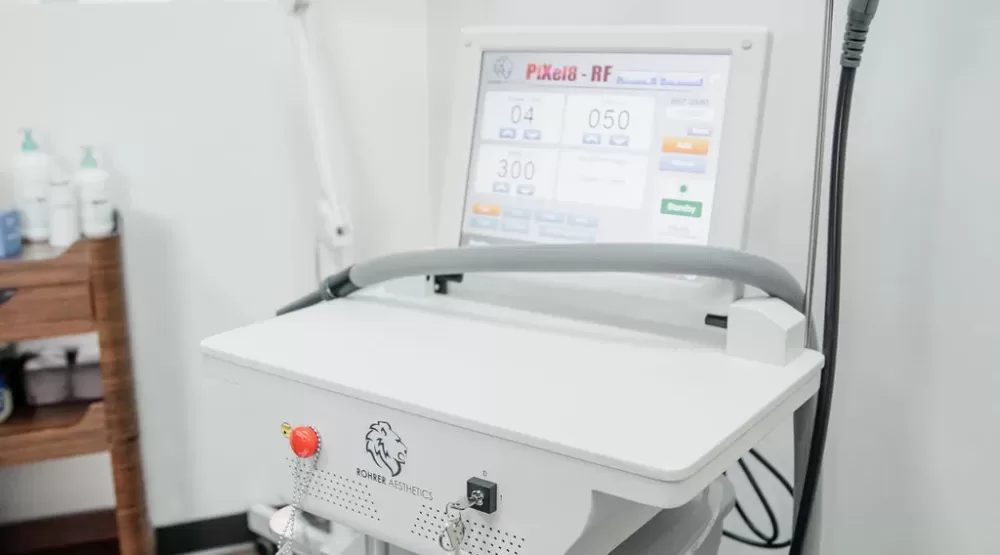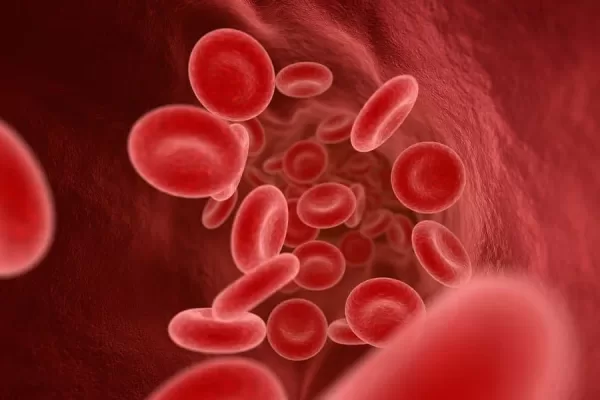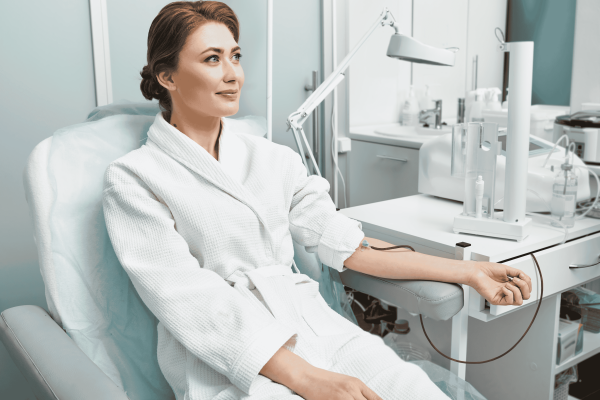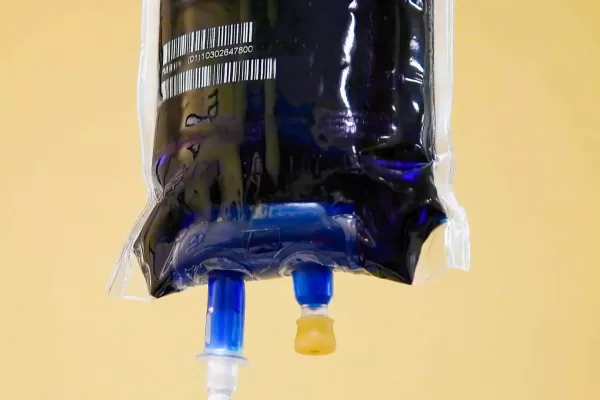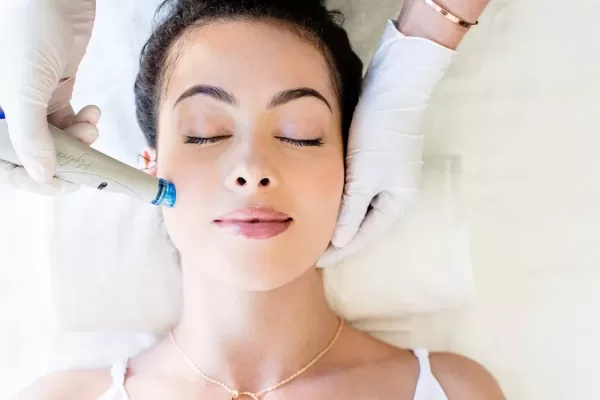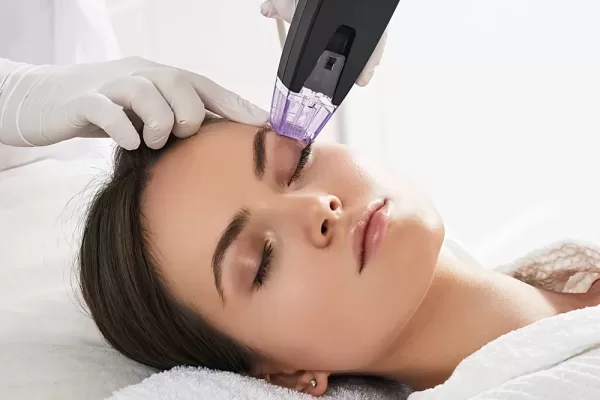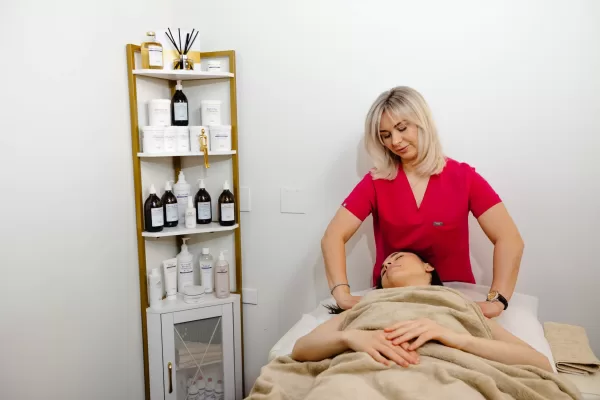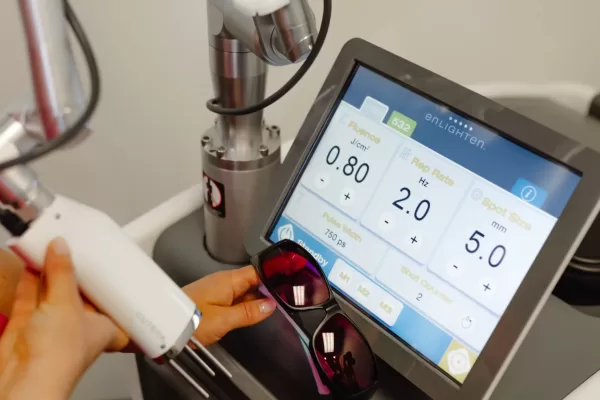Smooth away acne scars and discoloration and achieve a brighter, smoother, healthier-looking complexion. Microneedling helps with acne scarring, aging, hyperpigmentation, all while stimulating your skins natural collagen.
- Improves scars
- Anti-aging
- Hyperpigmentation
- Stimulates natural collagen production
Microneedling involves the use of a device with tiny needles that create micro-injuries in the skin. This stimulates the body’s natural healing process, which in turn leads to the production of new collagen and elastin. The result is smoother, firmer, and more youthful-looking skin.
One of the benefits of microneedling is that it can improve the appearance of scars. Whether you have acne scars or scars from a previous injury, microneedling can help to even out your skin texture and promote healing. It’s also a great anti-aging treatment, as it can help to reduce the appearance of fine lines and wrinkles.
Radiofrequency microneedling is a cosmetic procedure. It uses tiny needles and radiofrequency waves to rejuvenate facial skin. The treatment is a form of controlled skin injury. The damage stimulates the growth of healthy new skin, which can benefit common skin issues like acne scars and wrinkles.
Compared with treatments like chemical peels and dermabrasion, radiofrequency microneedling is minimally invasive. Read on to learn about the procedure, side effects, and benefits.
Microneedling uses a fine needle to create microwounds, or channels, in the skin. This triggers the production of capillaries, elastin, and collagen. It’s also called skin needling or collagen induction therapy.
If the procedure also uses radiofrequency waves, it’s called radiofrequency microneedling. The needle releases radiofrequency into the channels, causing additional damage. This enhances the effects of standard microneedling.
If you’re considering microneedling, you may be wondering about the recovery time. The good news is that most people experience only minor redness and swelling for a few days after the treatment. You may need to avoid certain activities (like swimming or sweating heavily) for a week or so. But overall, the recovery time is minimal.
